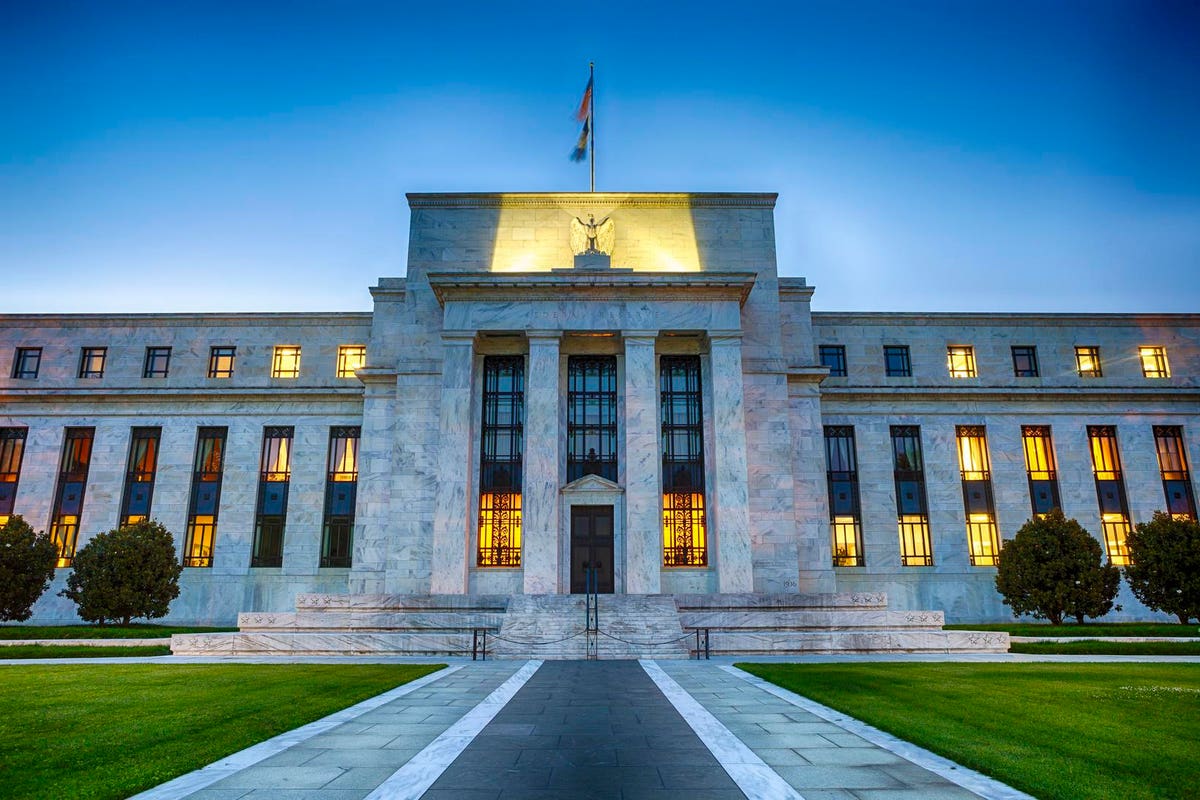There is still only one chart you need to see and that’s the Federal Reserve’s Balance sheet trends.
Here it is:
We are at the peak inflation period looking like we are in for the slide back down towards normality. It looks likely we are a year or two away from getting back to normality.
What will the markets do meantime?
The bottom line is “money supply” and the creation of lots of money supply during Covid is being reversed to get inflation back towards 2%.
Money supply has to be adjusted against a background of fragility caused by draining money from the system because “the weak” members of the economy will go bust if the draining is too fast for them to adapt. We have seen this with U.S. banks and Credit Suisse, the fragility of a market with no recourse to additional funds will cause failures. So this will mean the process will not be linear and will be attempted to break as little as possible.
Federal Reserve Balance sheet up, markets up. Balance sheet down is what we see happening. As such the market is going to be gritty in the near term as the Fed is pulling in liquidity again.
Bears will continue to predict Armageddon and if you look at the Fed’s balance sheet and imagine they will keep tightening until it is back to the good ole days then you could go along with the doomsters’ point of view. When the balance sheet reduction since 2022 was responsible for a huge stock market haircut, you can project what a reduction back to pre-2008 levels or even pre-Covid levels would do.
However, that is not going to happen. The long-term chart of the Fed balance sheet optically shows why that is impossible:
Tightening will continue until debt to GDP is under control so that inflation can be set at painless levels.
While governments always claim inflation is beyond their understanding or doing, it is not. More liquidity equals inflation, less means the opposite direction of travel. Growth, fiscal deficits and inflation are all part of a circuit that funds government and its high priority stuff.
This balance is being re-established and should be back to something resembling reality by the time of the U.S. elections.
So what does this mean for the markets?
It means sideways gyrating markets. An optimist can expect a slow rising market, a pessimist might expect more corrections with Fed liquidity operations staving off crashes.
Either way the future is survivable. It is therefore a stock picking game or a buy and hold/buy the dip market.
It is going to be hard to come out ahead once you benchmark your wealth in inflation-adjusted terms but when the market runs up again the investor will need to be in place because the moment markets rally, they move too fast for even the most observant to catch the move.
The Federal Reserve is not managing its balance sheet, it is using its balance sheet to manage the markets and therefore the economy. It will not hurt the economy for the sake of a smaller balance sheet. If you think the opposite is the case, in practice you have a big problem with how to hold your wealth as nothing will be safe if the Fed really did move to get its balance sheet back to the good ole days.
Read the full article here








